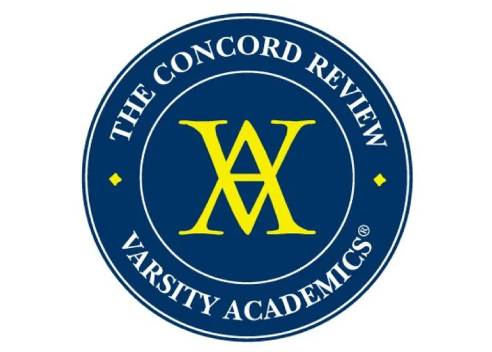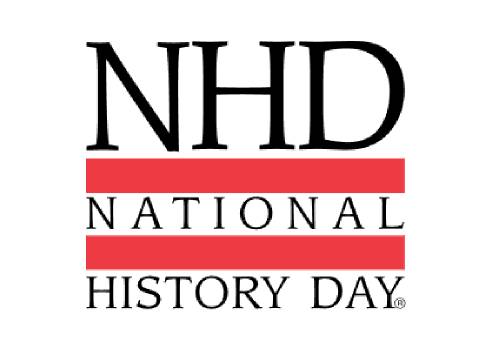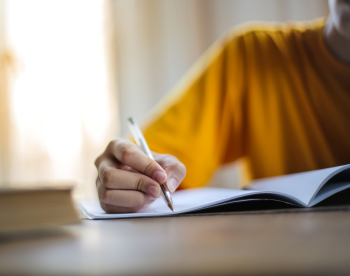How Do This Year's STS Finalists Integrate AI Technology into Their Projects?
New technologies brought by artificial intelligence have not only profoundly impacted every aspect of our daily lives but also reshaped our perception of future possibilities. From exploring the infinite possibilities in classroom teaching to providing solutions to the most intractable social issues, we are in the midst of this machine revolution. This year's STS finalists are undoubtedly the shining stars of this revolution, gathering the most brilliant young minds in the United States to explore the infinite possibilities of artificial intelligence in the field of scientific research. So, which of this year's STS finalists' projects are centered around AI research? What are the expected outcomes of the projects? And how do they evaluate the innovative points of their projects? Let's take a look with me!
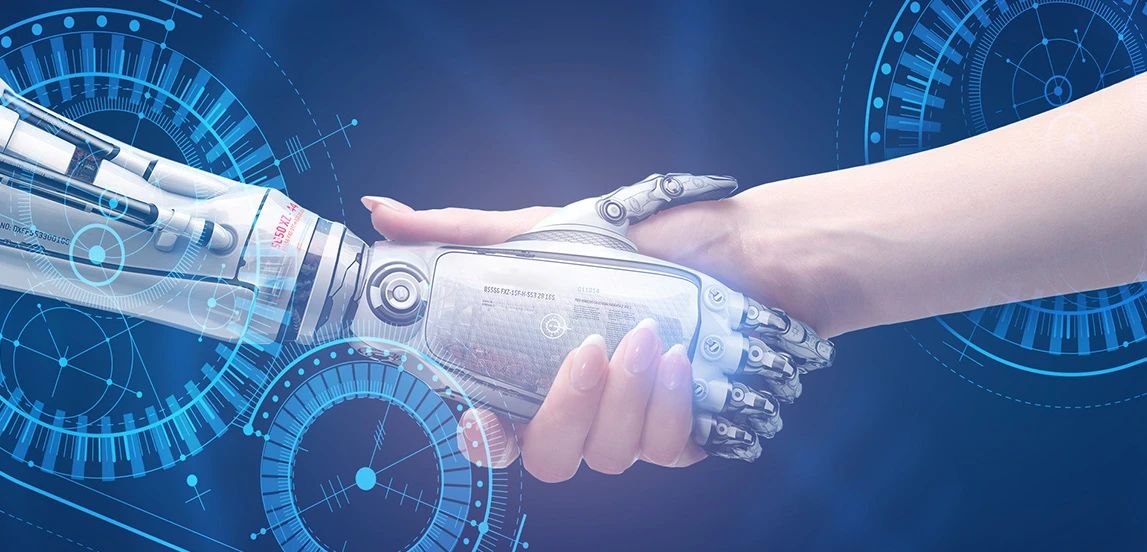
Sophie's project aims to address the time-consuming and error-prone process of tissue analysis during the excision of squamous cell carcinoma. She has developed a convolutional neural network machine learning model to review microscopic images of tissue, which can identify the fundamental differences between tumors, inflammation, and benign areas.
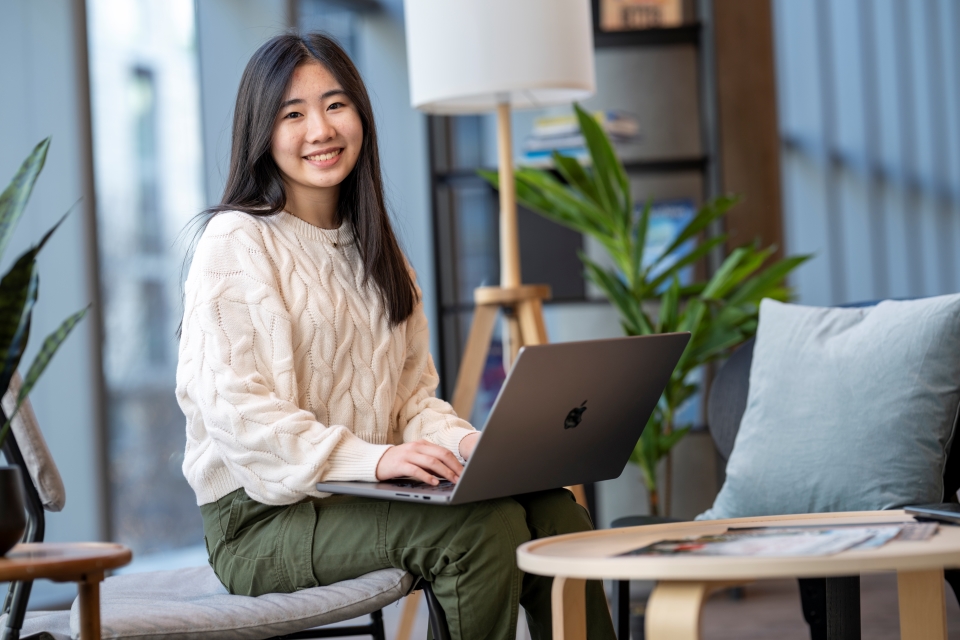
When discussing her future goals, Sophie said, "I am really interested in working at a biotechnology company or even starting my own. Wherever I end up, I hope to leverage the power of artificial intelligence to drive in the medical environment."
With a strong passion for linguistics and computer science, Zeynep has developed a natural language processing algorithm similar to ChatGPT, aimed at preserving endangered languages. While many large language models benefit from a wealth of easily accessible text, less commonly used languages often lack these advantages.
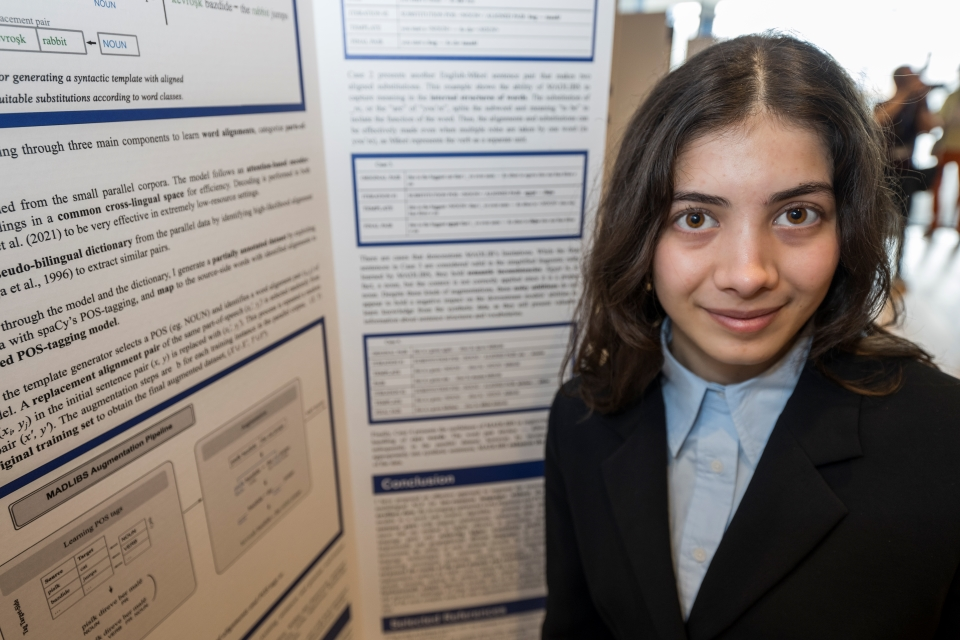
To tackle the relative scarcity of training materials, Zeynep created an algorithm that can generate additional text in these target languages, thereby enabling subsequent natural language processing algorithms to function more effectively.
Alexis has developed BrainSTEAM, a suite of machine learning tools designed to identify key neural patterns in neuropsychiatric diseases.
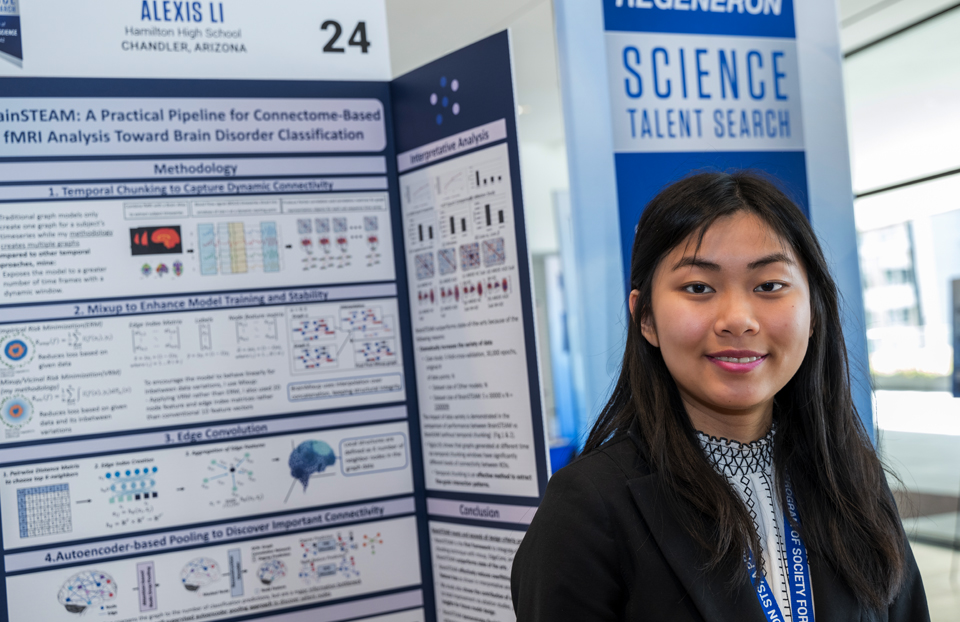
BrainSTEAM analyzes MRI images to determine the strength of connections between brain regions, aiding in the identification of neural patterns in diseases such as autism spectrum disorder, attention deficit hyperactivity disorder, and depression. Alexis's research can help healthcare professionals diagnose these conditions earlier and more accurately.
Achyuta has created an automated method to gain a better understanding of how deep learning models make decisions.
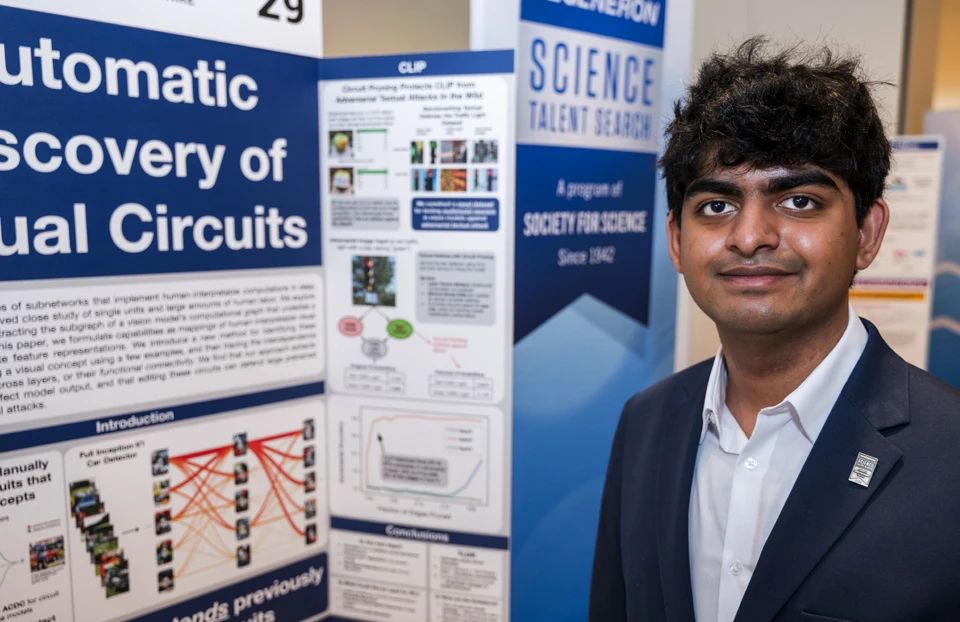
Achyuta is actively contemplating the question of what these models are "thinking" when they generate outputs from inputs, particularly in the realm of computer vision, such as how AI models detect objects and generate images. His research is expected to make the widespread application of these models more effective, safe, and fair in the future.
Kyle has developed a machine learning model for drug development in Alzheimer's disease, which can save time in the discovery and development of new drugs. His model can more effectively inhibit potential substances and compounds contained within key protein genes.
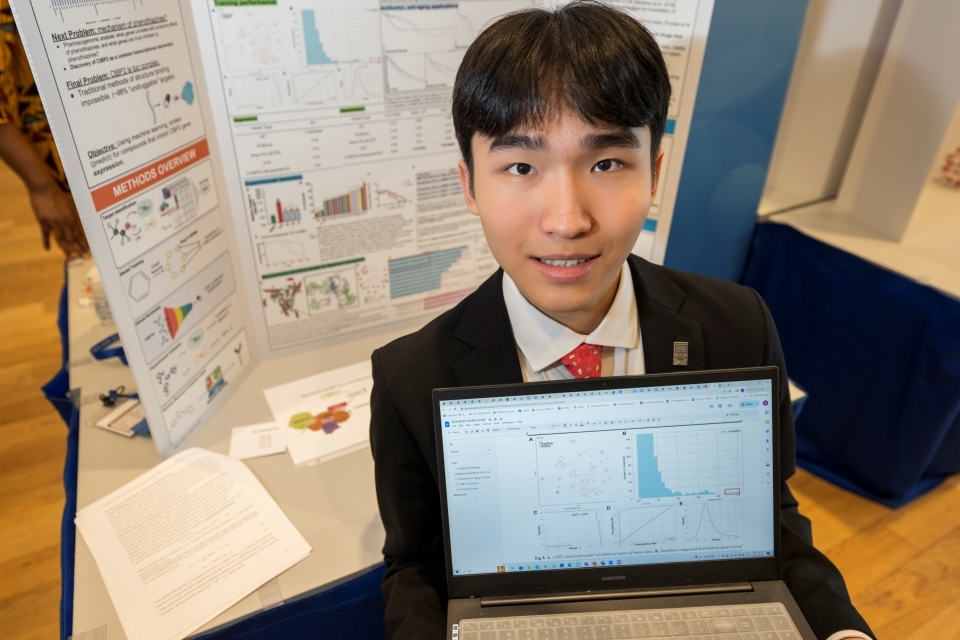
Not only that, but Kyle also founded his school's machine learning club, which collaborates with a local non-profit organization to provide free computer science education to local middle school students.
Riya utilizes computer vision to enable AI models to determine the race and ethnicity of patients from anonymized medical images. As AI tools become increasingly prevalent in the medical field, this understanding can minimize biases in healthcare.
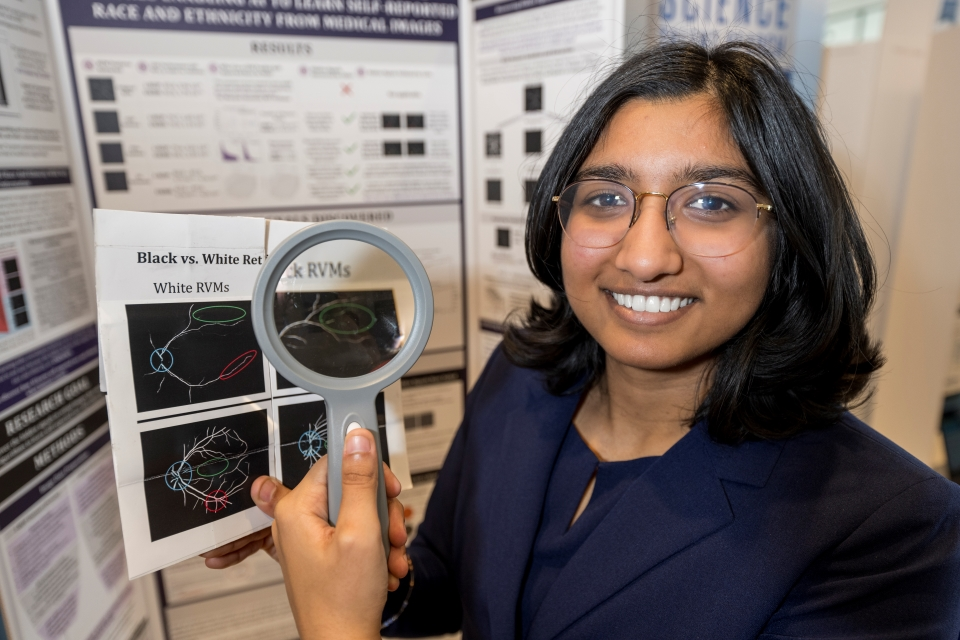
When speaking about her future aspirations, Riya said, "I am very interested in becoming an AI ethicist, but I am also interested in working in climate technology."
The 2024 STS season has come to a successful close, with 5 Youfang students being selected into the Top 300, and among them, 2 have broken past records and successfully entered the Top 40 ranks!
The conclusion of this season also marks the beginning of preparations for the new season! Scientific research competitions are cyclical projects that require a continuous weekly commitment from students to achieve satisfactory results. How can we ensure that children spend their time effectively? It is crucial to find the right direction, create a tailored academic plan, and match the appropriate topics!
The application process for the 2024-2025 STS new season will open on June 1, 2024.
Regenerative Science Genius Award STS
Founded in 1942 and sponsored by Regeneron, Regeneron STS aims to encourage the younger generation to invent new technologies and methods that improve people's lives and change the world.
Under the dual temptation of gold content and long-term value, STS has become one of the must-compete scientific research competitions for high school students and even Chinese circles in the United States.
Of the more than 500 students who advanced to the STS semifinals in the past two years, 50-57% of the finalists were admitted to Hajepis, and 70-76% of the students successfully entered the Top 15.
12th graders in high schools in the United States and all U.S. overseas territories, as well as U.S. citizen students residing overseas (proof required), are eligible to apply.
Students who are currently in 11th grade can start preparing for the project first, and students who are in their final year of high school can apply for the project in the second half of the year, the first semester of 12th grade.
STS must be a solo entry and completed.
Completed team projects cannot be entered;
Do not deliberately change the team event into a single event;
Research projects can be completed together with research supervisors/university students, but they should not interfere too much/directly affect the results of projects completed by students alone;
Each student can submit only one project;
The results must fully demonstrate the applicant's individual ideas.
Behavioral and social sciences, biochemistry, Bioengineering, Cell and molecular biology, chemistry, computational biology and bioinformatics, Computer science, Earth and Planetary Sciences, engineering, environmental sciences, Genomics, materials science, mathematics, Medicine and health, physics, plant science and space science
STS helps TA to record their dreams
Among the award-winning STS students, there are many students who harvest a unique scientific research experience and continue their studies at Cuilu Dream School!
G, who had participated in STS, was double-admitted by MIT and Caltech in the early application stage, and got his dream Offer of MIT CS 👇
You Fang G/Mei Gao
· Early admission: MIT CS
· Academic score: GPA unweighted 4.0/4.0, ACT 35
· Award: STS Top300
In the interview, G admitted that this was his first attempt at scientific research. While gaining a rich experience in scientific research, the STS competition experience made him learn to respect academics and scientific research.
With the help of Teacher Fang, G combined his hobbies with scientific research through a research project and participated in STS. Through this experience, he improved his academic achievements and won the favor of Dream School.
"After this experience, I have a deeper understanding of scientific research, and I have also improved in the process of enjoying scientific research!" Student C has a lot to say about his scientific research experience. I believe it is precisely because of his enthusiasm for scientific research that he was recognized by MIT admissions officer!
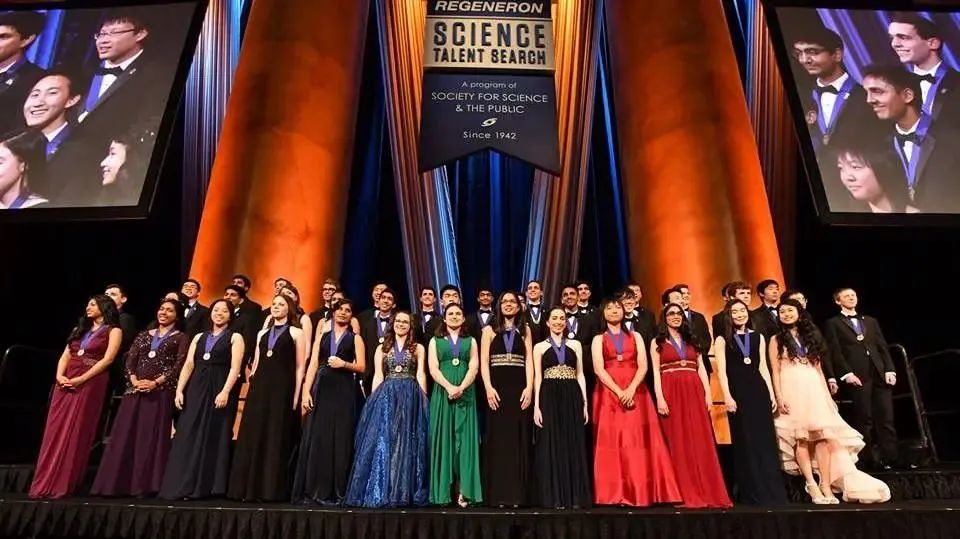
Scientific research is a cyclical project that requires a long lead time. If you are currently a G11 student, STS is the perfect choice for extreme backlifting in high school!
If you also want to improve your academic background through accurate planning, quickly scan the code to add a small teacher sister to get a one-to-one academic planning!



